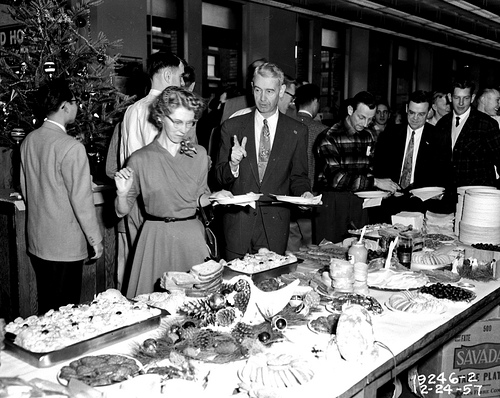‘My preference for poetry is to find the fewest words to say the biggest thing. To carve it down until you’ve got something that evokes a much bigger world and opens it up rather than closes it,’ says poet, Katie Keys. True to her preference, Keys’ poems are tiny (less than 140 characters). She harnesses the new media galaxy by publishing a poem daily via the Twitter handle @tinylittlepoems. New media is to poetry as it is to long form: a medium that has both disrupted traditional channels and provided new ones. ‘I’m a big advocate of Twitter in particular as an amazing creative catalyst for poetry,’ says Keys. Twitter's brevity promotes the clarity and distillation of language she likes to read in poetry. But another big part of Twitter’s appeal is that it often reaches people who might not buy a poetry book.
‘Poetry is still (unfortunately) fighting off the bias of being an elite impenetrable art form. The general populace is still recovering from poetry as an idea of something you learn by rote, that is not enjoyable, not for them and not accessible,’ she says. Twitter provides a mechanism for Keys to talk to others about poetry. ‘I spoke to a guy recently who said, “I’m still struggling with it, but you’ve made me think about poetry as something that doesn’t rhyme,” Well great! I’m excited by that,’ she says.
The conversational aspect of Twitter has also helped Keys with her professional development. ‘You get automatic feedback on what’s working and what isn’t. I very rarely get direct critique – but I can see from the number of retweets or favourites which ones are stronger. Over four years that’s helped me hone and develop,’ she says. In addition, publishing poetry via Twitter has lead to Keys’ participation in conferences and events where she works as a poet in residence. At a recent event in Alice Springs she busted out 170 tweets in four days! (And next week she’ll be poet in residence at Melbourne’s Art Centre).
Over time Keys has adjusted not only to Twitter’s size limitations but also to the discipline of publishing daily. ‘I’m a compulsive editor. I had to let go of that in order just to push it out, to be writing everyday and to meet my own deadlines,’ she says. She writes most of her tiny little poems in long hand first – scribbling, crossing out and editing. Like all of us, she has good days and bad.
‘[Before I was a writer] I spent a lot of time and energy getting upset at myself for not doing what I know I love to do: I neglected my writing,’ says Keys. Ahead of starting @tinylittlepoems Keys often told herself she was too busy to write. (Yet she noticed increased productivity when she set her own arbitrary deadlines – such as that for NaNoWriMo!) One day she stopped making excuses and set herself the task of writing and publishing a poem to Twitter every day. This was clearly a turning point in her writing career and something she encourages for all writers.
‘Write every day. It doesn’t matter if it’s good – it’s just about getting it down and working out whether it’s good later. It’s taken a long time for me to feel comfortable with this; but [thanks to writing everyday] I can now happily call myself a writer.’
From July 27 to August 2 Katie Keys will be the poet in residence at Arts Centre Melbourne, she’ll be sending tiny little poems via Twitter as well as the Arts Centre’s LED signage.





